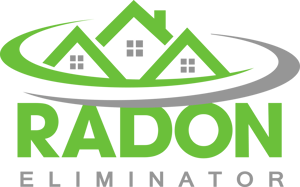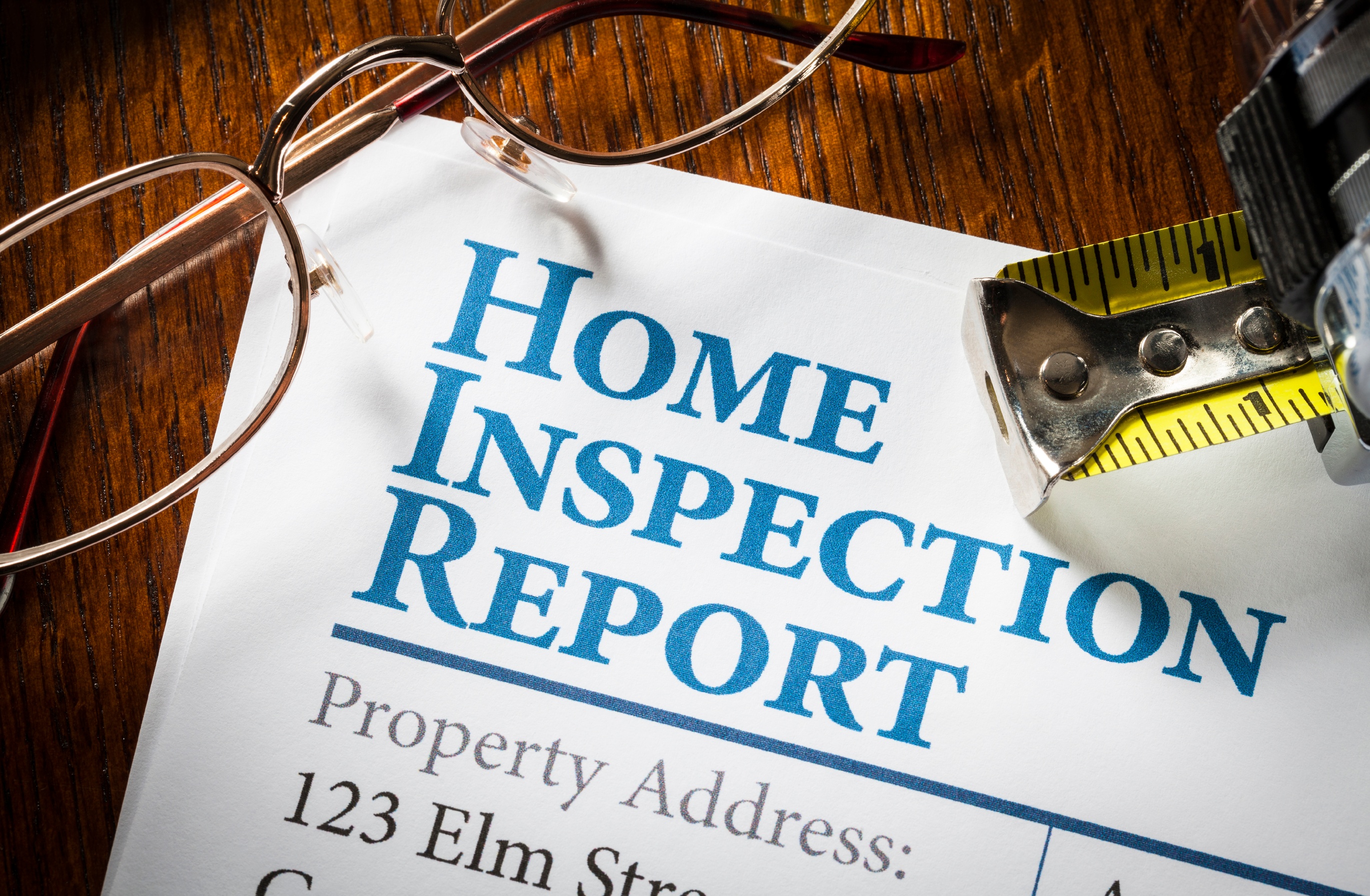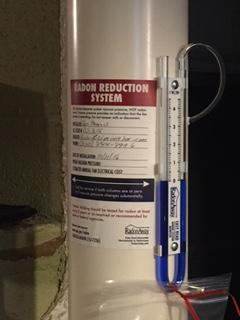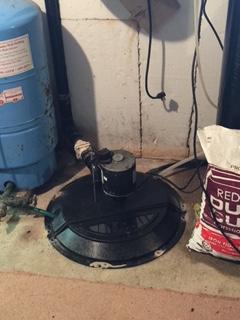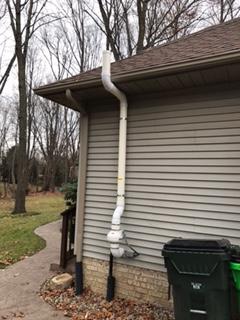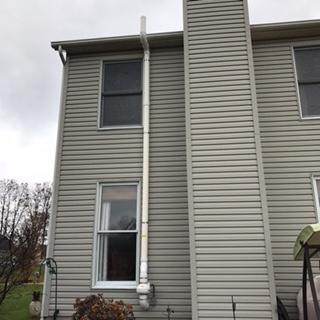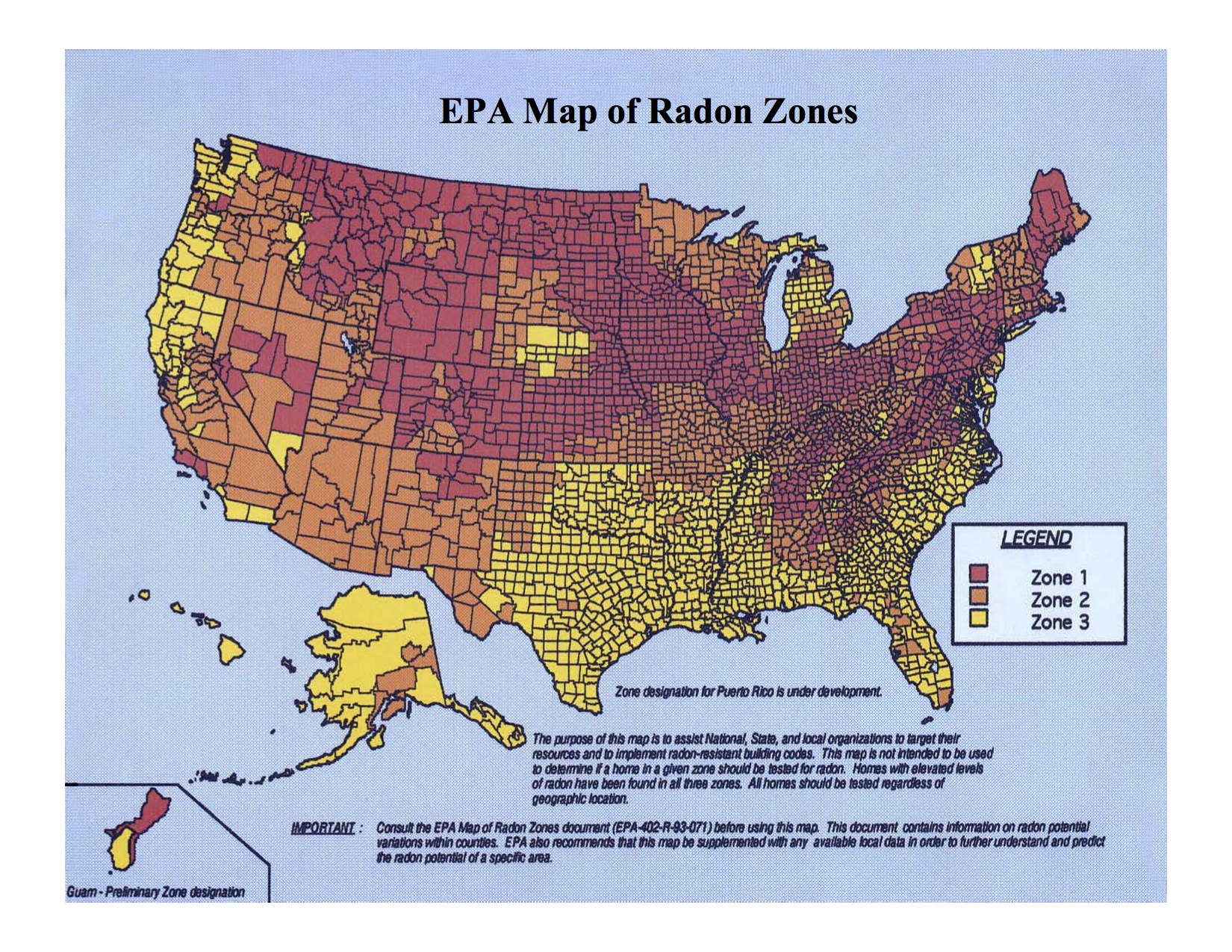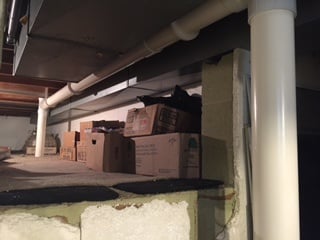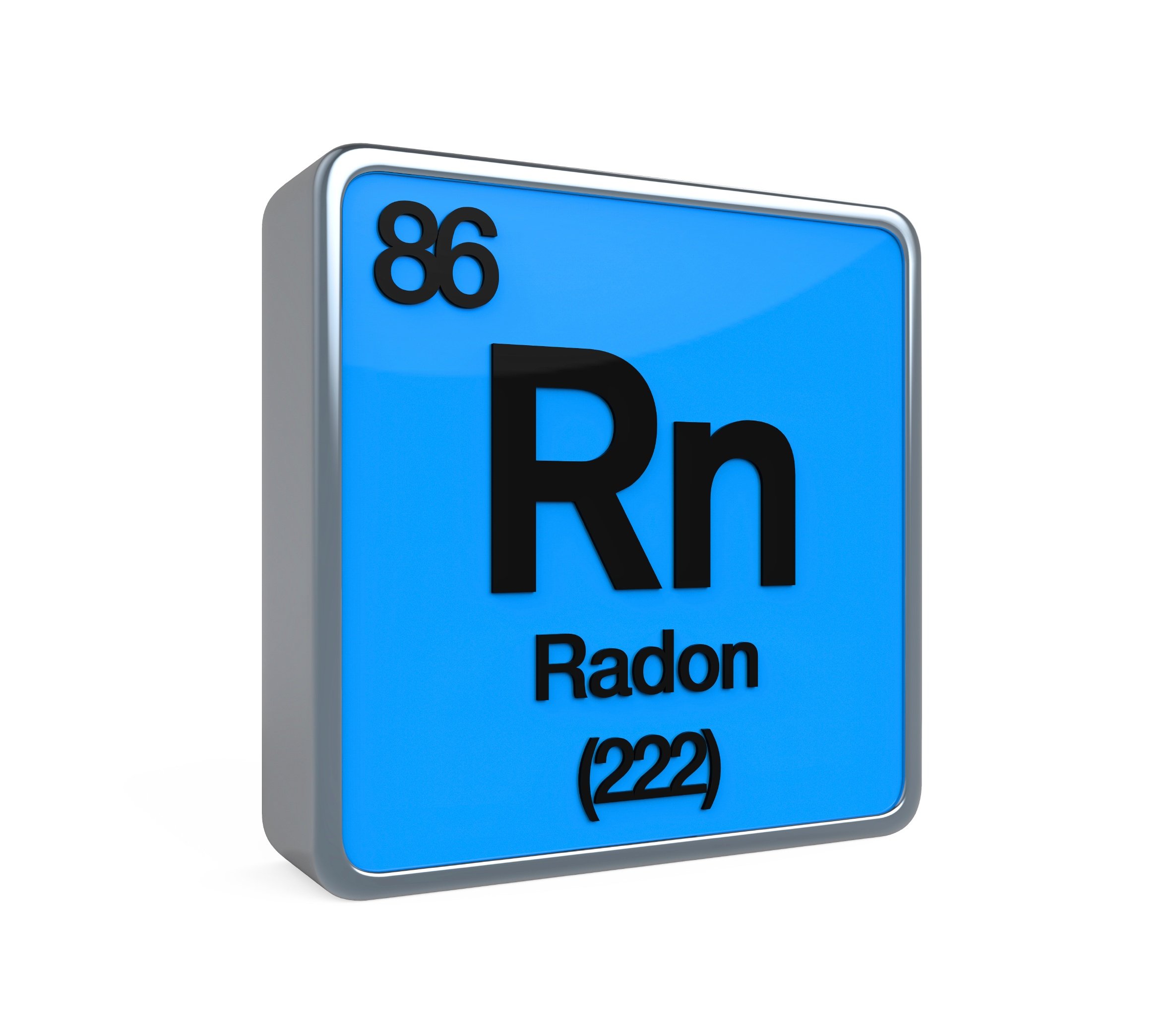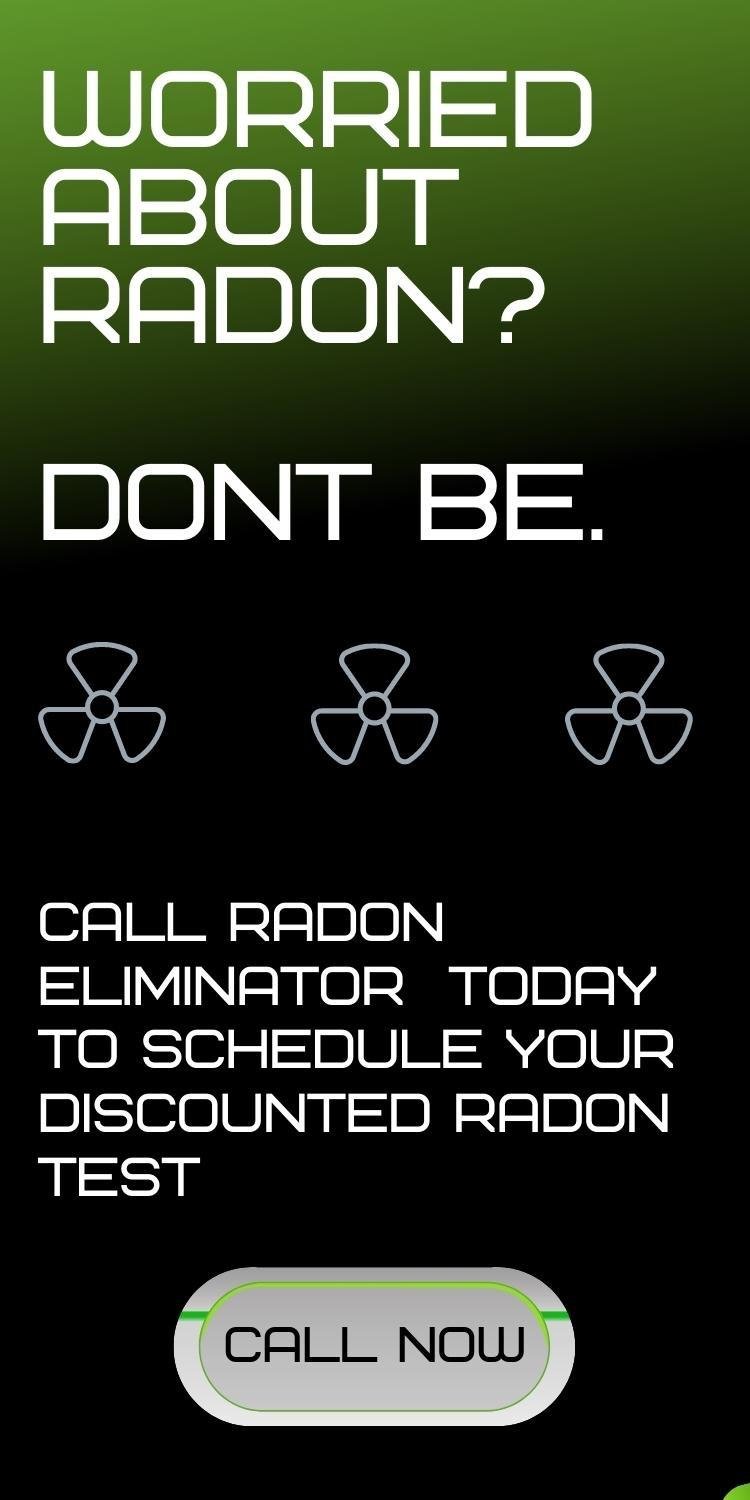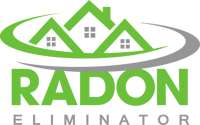Radon Testing Methods
Radon is a radioactive gas that cannot be seen, smelled, or tasted. It is created naturally from the decay of radioactive elements, such as uranium, which is found in soil and rock throughout the world. Radon is released from the soil and rock into the air for a period of time through the natural half-life decay process. The chemical element is also detrimental to health as well, considering that too much exposure could leave you at risk of lung cancer. It is also the second leading cause of lung cancer, and first amongst lung cancer deaths for non-smokers.
Measuring radon levels takes picocuries, which is also known as pCi/L when measured per liter of air. It helps acquire the measurement of radon in the air of a house or commercial building. Radon levels at 4 pCi/L required a home to be fixed immediately. Even if your home has less than 4 pCi/L, it's still best to try and reduce it.
For more information, read our blog post: Radon: The Silent Killer in Your Home.
